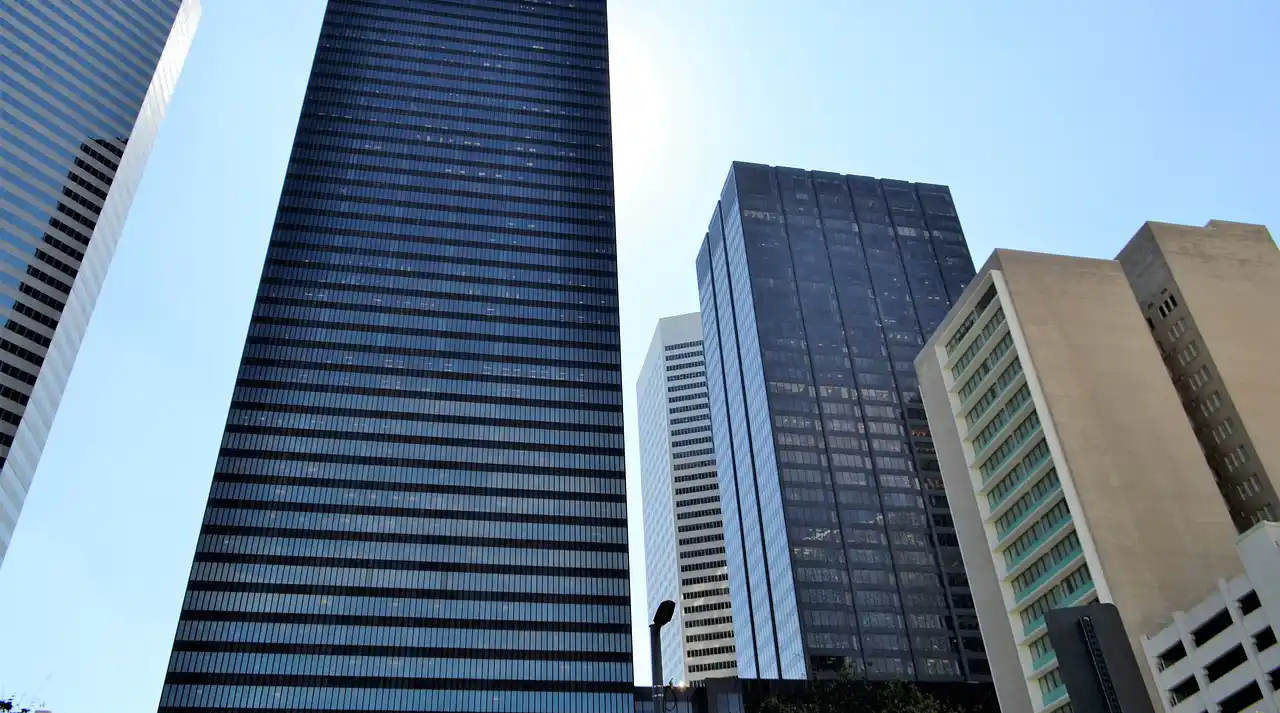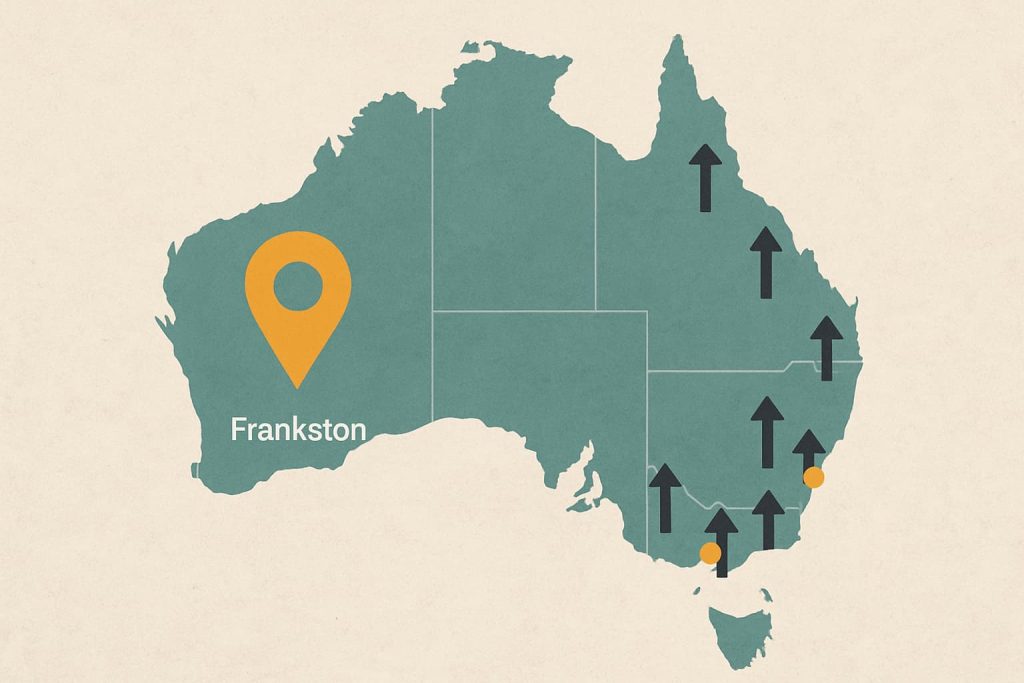Major banks are bracing for a rise in claims for financial hardship in the wake of the bushfire crisis.
Any bank customer that relies on tourism or farming in the bushfire-affected areas will be under some substantial pressure and it could lead to lower property prices and more defaults.
Ratings agency Standard & Poor say they are sadly expecting a rise in mortgage arrears in bushfire-affected areas and it could put downward pressure on property prices.
“Following a natural peril event, housing prices might drop and the ability to sell property could be adversely affected should the area be deemed less desirable or of higher risk to buyers, as occurred after the recent California wildfires and the flooding of the Brisbane River in Queensland in 2011,” an S&P statement said.
The agency said they don’t expect the bushfire crisis to affect the credit ratings on the banks’ residential mortgage backed securities (RMBS) because of the geographic diversity of their portfolios.
S&P Global ratings credit analyst Erin Kitson spoke to Australian Financial Review.
“Mortgage arrears are likely to remain elevated for some time in areas already affected by drought conditions, particularly where agriculture forms a large share of local employment,” she said.
“If the longevity and intensity of bushfire seasons become a more regular occurrence, arrears could remain elevated for longer periods in drought-prone areas due to the flow-on effect of bushfire devastation on local employment conditions.”
Hardship concessions for bushfire-affected customers can include a reduced interest rate or payment, lengthening the loan maturity, or a temporary full or partial deferral of interest.
The direct cost to banks of the bushfires has been estimated by Morgan Stanley recently as between 1-2 per cent of earnings.



